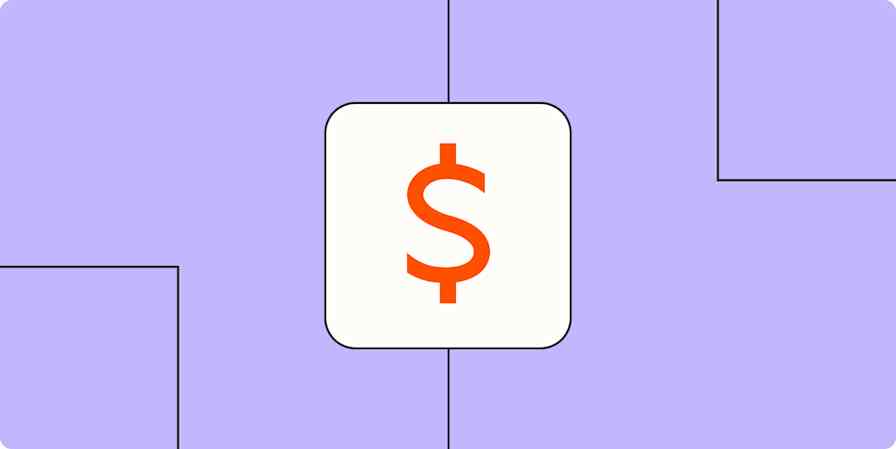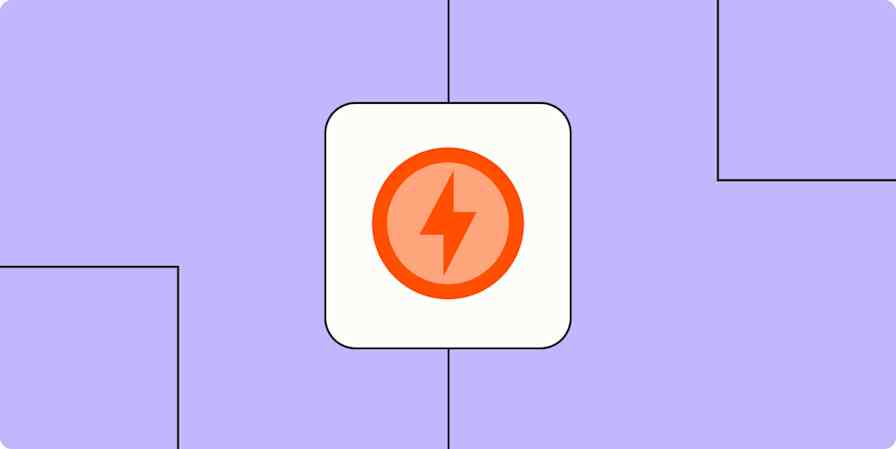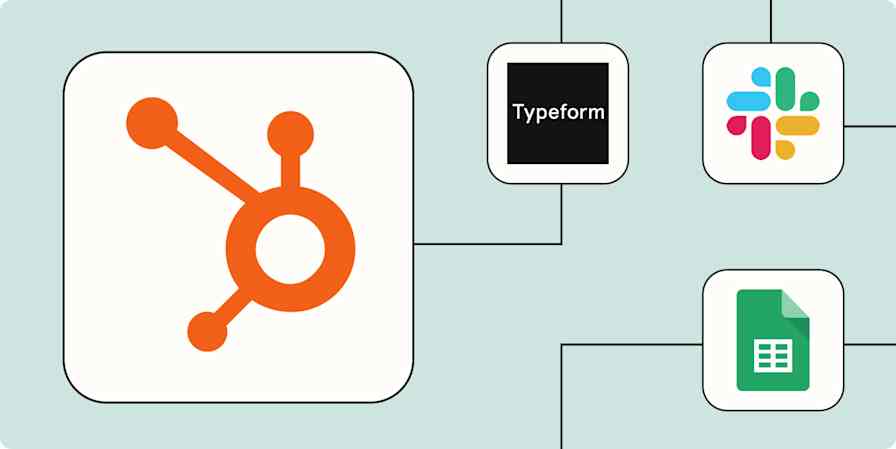Marketing tips
8 min readHow to optimize your sales page for conversions
An introduction to empathy-based copywriting
By Abi Prendergast · October 17, 2022

Get productivity tips delivered straight to your inbox
We’ll email you 1-3 times per week—and never share your information.
Related articles
Improve your productivity automatically. Use Zapier to get your apps working together.









